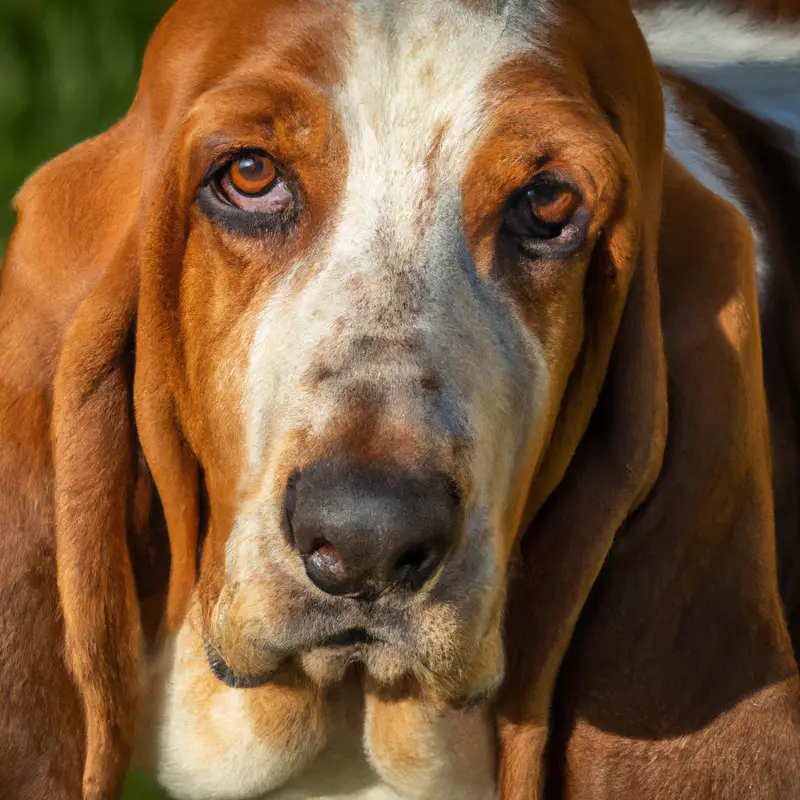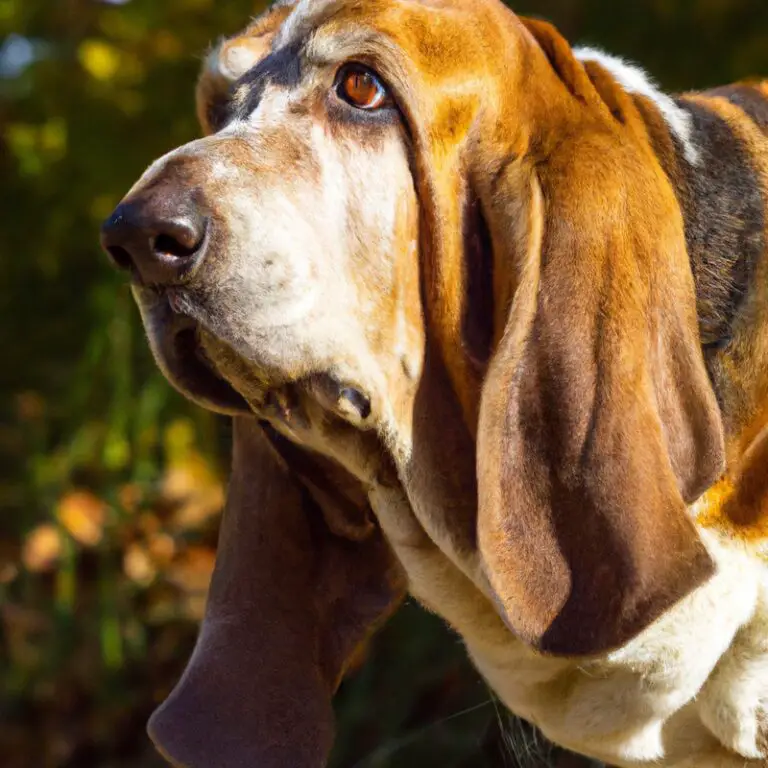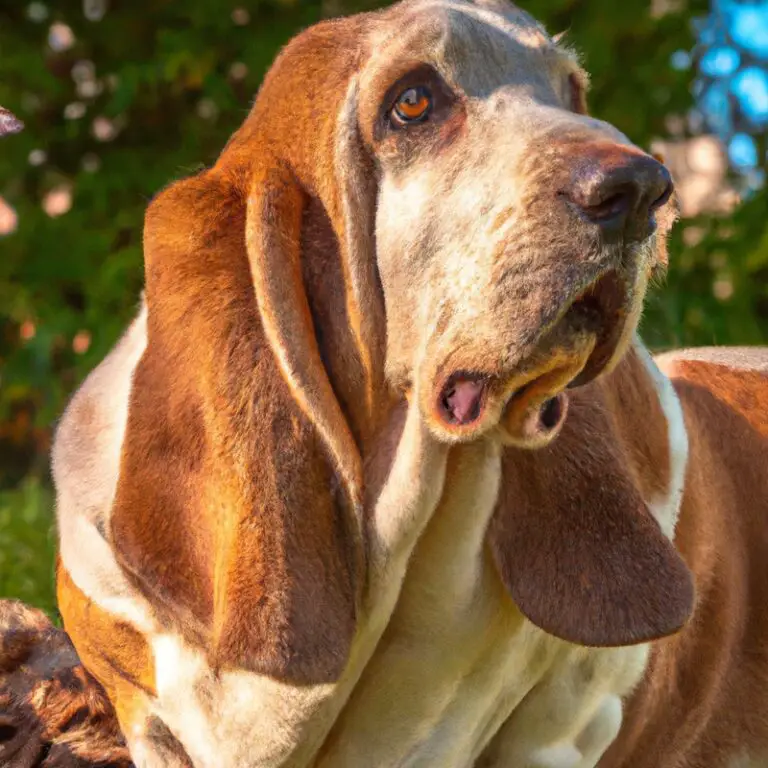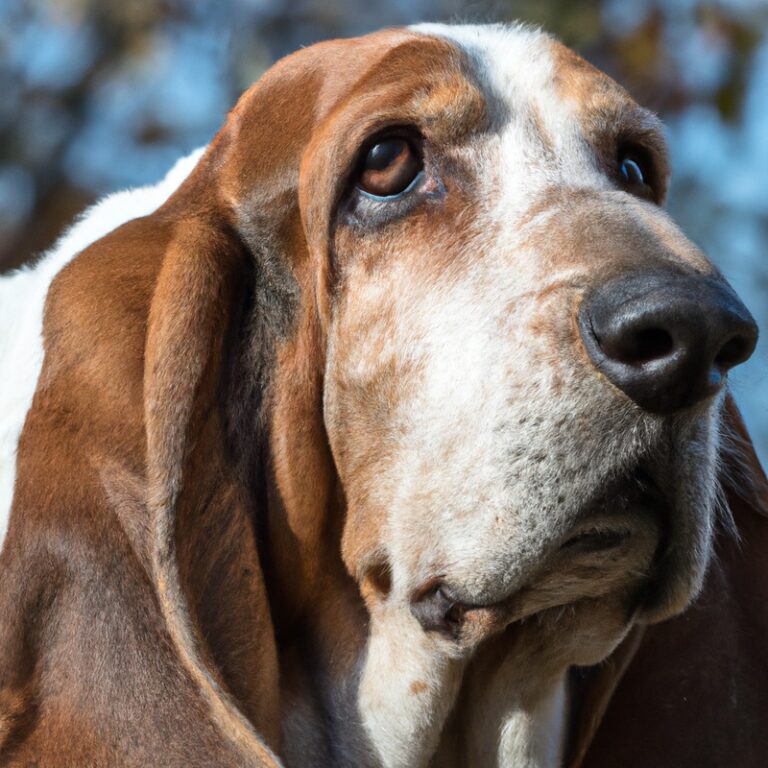Can Basset Hounds Be Trained For Dog Sledding?
Key Takeaways:
- Basset Hounds are not well-suited for dog sledding due to their physiology and temperament.
- Basset Hounds have short legs and a heavy build, making them inefficient in pulling sleds.
- Basset Hounds have a stubborn nature and lack the high energy and motivation needed for dog sledding.
- Other dog breeds with better physical capabilities and working instincts are more suitable for dog sledding than Basset Hounds.
Are you ready for a unique twist on the classic image of a dog sledding team? Imagine a group of determined little Basset Hounds, tails wagging as they pull a sled through the winter snow.
Sounds adorable, right?
But can these short-legged, droopy-eared pups really be trained for such a task? As an expert in dog training, I’ll delve into the world of Basset Hounds and sledding to explore whether this unlikely combination is possible.
We’ll uncover the physical and behavioral traits of Basset Hounds, the requirements for dog sledding, and the challenges that might arise in training these lovable hounds.
So, let’s embark on this exciting journey to see if Basset Hounds can truly conquer the sledding world!
| Question | Answer |
| Can Basset Hounds be trained for dog sledding? | No, Basset Hounds are not suitable for dog sledding. |
Characteristics of Basset Hounds
Physical attributes
Basset Hounds have several physical attributes that make them unique and well-suited for specific tasks.
They have a long body with short legs and a heavy bone structure, which gives them stability and endurance.
Their large, floppy ears serve a purpose, as they help to amplify scents and capture the hound’s attention.
Basset Hounds also have a highly developed sense of smell due to their long, broad nose.
These physical characteristics make Basset Hounds excellent scent hounds and trackers.
Temperament and behavior
Basset Hounds have a friendly and laid-back temperament. They are known for being gentle, patient, and good-natured.
They are generally great with children and other pets, and they are not prone to aggression.
However, they can be stubborn at times, which can make training a bit challenging. Bassets can also be quite independent, and they may have a tendency to follow their nose, so it’s important to keep them on leash or in a securely fenced area.
Overall, Basset Hounds make wonderful family pets due to their calm and sociable nature.
Requirements for dog sledding
Physical fitness
When it comes to physical fitness, Basset Hounds may not be the ideal candidates for dog sledding.
They have a low-energy and laid-back nature, which can make it challenging for them to meet the vigorous demands of the sport.
Their long bodies and short legs also limit their speed and endurance.
However, regular exercise and conditioning can help improve their overall fitness.
Short walks, playtime, and activities that engage their hunting instincts are great ways to keep them active and healthy.
Endurance and stamina
Endurance and stamina are key factors for dog sledding.
Dogs need to have the physical ability to pull a sled over long distances in cold conditions.
Basset Hounds, while bred for endurance, may not have the same level of stamina as other sled dog breeds.
Their shorter legs and heavy build can limit their speed and endurance.
However, with proper training and conditioning, Basset Hounds can still participate in shorter recreational sled rides.
Regular exercise, building up their strength gradually, and providing a nutritious diet can help improve their endurance and stamina for dog sledding activities.

Training Basset Hounds for dog sledding
Importance of early socialization
Early socialization is vital for Basset Hounds being trained for dog sledding. It helps them develop positive behaviors and adapt to different environments and situations.
Through early socialization, Basset Hounds learn to interact with people, other dogs, and various objects.
This exposure helps prevent fear-based aggression and anxiety. It also builds their confidence and teaches them how to handle new and challenging experiences, making them more well-rounded sled dogs.
Socialization should start as early as possible to ensure the best results.
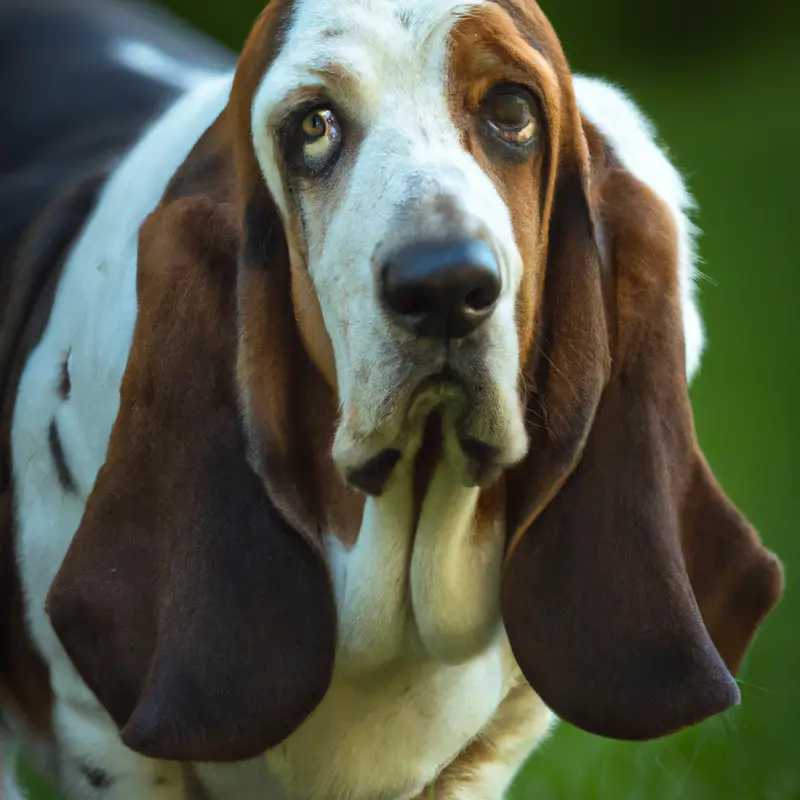
Basic obedience training
Basic obedience training is essential for any dog, including Basset Hounds. It lays the foundation for a well-behaved and obedient companion.
The key is consistency and positive reinforcement.
Start with basic commands such as sit, stay, come, and heel. Use treats and praise to reward good behavior and reinforce the commands consistently.
Training sessions should be short and frequent to maintain the dog’s interest.
Patience and persistence are key when training a Basset Hound, as they may exhibit their stubborn side. With time and practice, your Basset Hound will become a well-mannered and obedient sled dog.

Specific sled dog training techniques
Specific sled dog training techniques for Basset Hounds include:
- Gradual conditioning: Start by introducing your Basset Hound to the sled and harness gradually. Allow them to become comfortable with the equipment before moving on to more intense training sessions.
- Pulling exercises: Begin with light loads and gradually increase the weight as your Basset becomes stronger. Use positive reinforcement techniques to encourage them to pull and praise them for their efforts.
- Voice commands: Teach your Basset Hound specific commands such as “hike” to start running, “whoa” to stop, and “gee” and “haw” to turn right and left. Consistency and repetition are key to reinforce these commands.
- Teamwork training: Basset Hounds should be trained to work in a team with other dogs. Practice running in a pack and teach them to follow the lead dog’s commands. This helps develop coordination and cooperation.
- Endurance training: Gradually increase the duration and intensity of training sessions to improve your Basset Hound’s endurance. Regular exercise and conditioning are necessary to build their stamina for long-distance sled runs.
Remember, every dog is unique, and training methods may vary. Consult with a professional trainer experienced in sled dog training for guidance specific to your Basset Hound.
Challenges of training Basset Hounds for dog sledding
Size and weight limitations
Size and weight limitations are significant factors when considering training Basset Hounds for dog sledding.
Due to their short legs and elongated bodies, Basset Hounds are not built for pulling heavy loads or covering long distances.
Their size and weight can make it challenging for them to keep up with other sled dogs, and they may not have the strength or endurance required for the sport.
It is important to consider these limitations and choose a suitable activity that aligns with their physical capabilities.
Potential health issues
Basset Hounds, like any other breed, may face potential health issues when used for dog sledding. Some of the common health concerns specific to Basset Hounds include joint and bone problems, such as hip dysplasia and intervertebral disc disease.
Due to their long ears, they are also prone to ear infections.
Additionally, their droopy eyes make them more susceptible to eye infections and irritations. It’s crucial to consult with a veterinarian and regularly monitor their health to ensure they are fit for the demands of dog sledding.
Final Verdict
While Basset Hounds may not be the first breed that comes to mind for dog sledding, they do possess certain physical attributes and temperamental characteristics that make them suitable for this activity.
With proper training and socialization, Basset Hounds can develop the necessary physical fitness, endurance, and stamina required for dog sledding.
However, it’s important to consider their size and weight limitations, as well as potential health issues that may arise.
Despite these challenges, Basset Hounds can still participate in and enjoy the sport of dog sledding with the right training and care.

